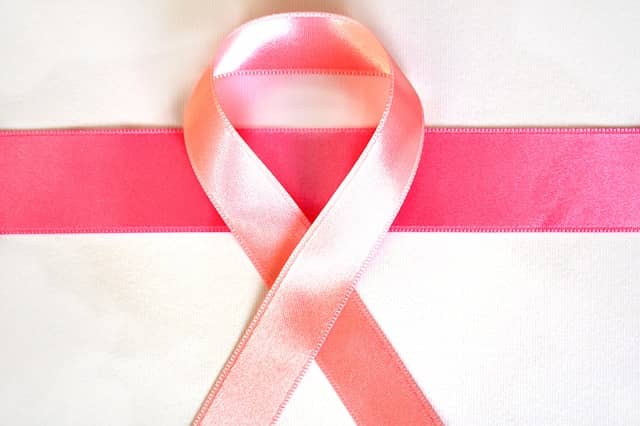Written by Min Ying Yu

Because breast cancer is the second leading cause of death among women, one of the best ways for women to take charge of their health is to receive regular mammogram screenings, especially starting around the age of fifty. While 2-D mammography has been the traditional method for detecting breast abnormalities, there may be a new, more effective option: digital breast tomosynthesis (DBT). Digital breast tomosynthesis is a recently-emerged, specialized form of mammography that boasts 3-D breast imaging technology that is thought to detect more cancers and breast abnormalities accurately than the standard 2-D mammogram [1].
So, how is digital breast tomosynthesis different from the 2-D mammogram? In the standard 2-D mammogram, a person’s breasts will be placed in between two glass plates and an X-ray film underneath. Their breasts will then be tightly compressed (which can be very uncomfortable!), while the x-ray system will capture and record one image of the breasts from a vertical and lateral angle. However, digital breast tomosynthesis approaches breast imaging in a new, revolutionary way. Instead of taking a single, two-dimensional image, breast tomosynthesis will take multiple images of a person’s breasts from multiple different angles. These images will then be spliced together by a computer to generate a 3-D image of the breasts. In addition, not only will the person feel less pressure during the compression process, but they will also have a quicker procedure in just seven seconds [2]! Because less pressure is applied, breast tomosynthesis will also be able to more efficiently capture breast cancer tissue, which may be hidden by overlaps in the breast tissue due to the tight compression from the 2-D mammogram.
However, as with any new technology, breast tomosynthesis has yet to become a widespread and standardized procedure. While it is FDA-approved, it is currently only utilized by relatively few companies around the world like Breastlink, Siemens Healthineers, and Hologic and hospitals like General Massachusetts Hospital [1]. The reason being is because many physicians and researchers believe that breast tomosynthesis should not be used as a replacement for the 2-D mammogram but rather used as a supplement to the 2-D mammogram to ensure more accurate detection of breast abnormalities. In fact, in the Oslo Tomosynthesis Screening Trial, the publication reported that in approximately 12,000 screenings performed, by utilizing both breast tomosynthesis and the 2-D mammogram, there was a 40% increase in the detection of cancers, 27% increase in the detection of all cancers, and a 15% reduction in false-positive rates [3].
Overall, breast tomosynthesis is making quite a large impact on breast imaging. Breast tomosynthesis can provide a more comprehensive view of the breast and greater detection, which can also lead to earlier intervention against invasive cancers and other abnormal breast conditions. While it is still gradually gaining more momentum in popularity from more companies and hospitals, it has already shown more beneficial detection results when used with the 2-D mammogram. Because of the innovation of digital breast tomosynthesis, the future of breast imaging is looking bright.
References:
- “Breast Tomosynthesis.” Massachusetts General Hospital, Boston, MA, n.d. Web. 28 Jan. 2017.
- “Digital Tomosynthesis.” Breastcancer.org, 23 June 2016. Web. 28 Jan. 2017.
- Hardy, Kathy. “Breast Tomosynthesis – Experts Discuss Their Current Use of the 3D Mammography Tool.” Radiology Today Magazine, June 2013. Web. 28 Jan. 2017.